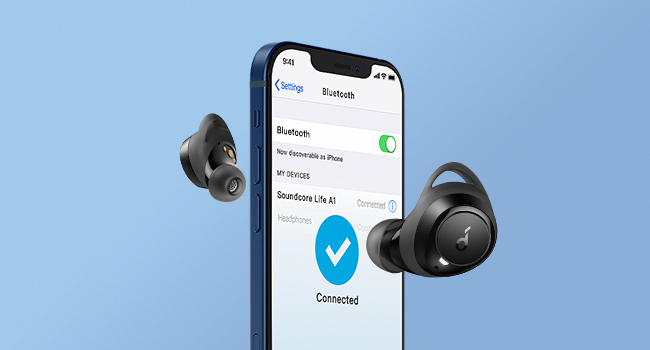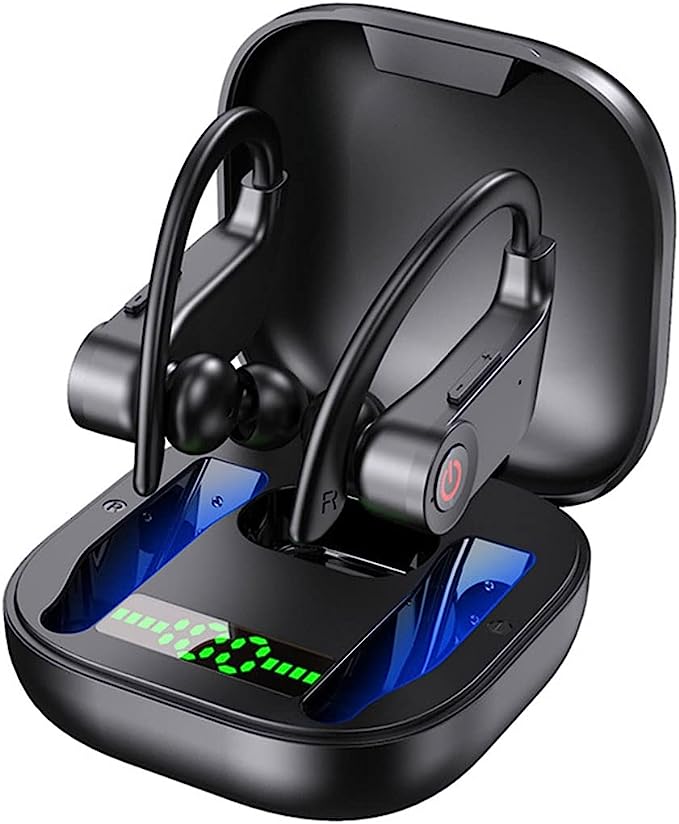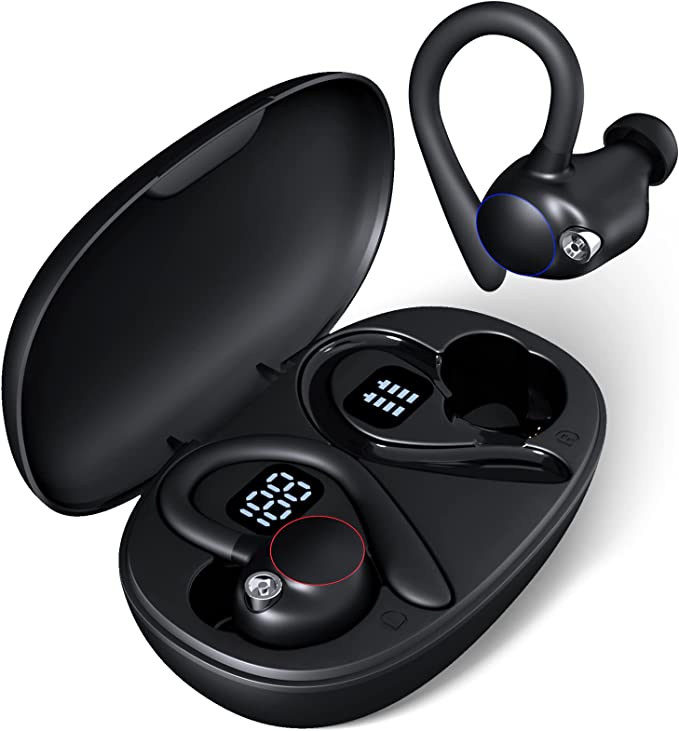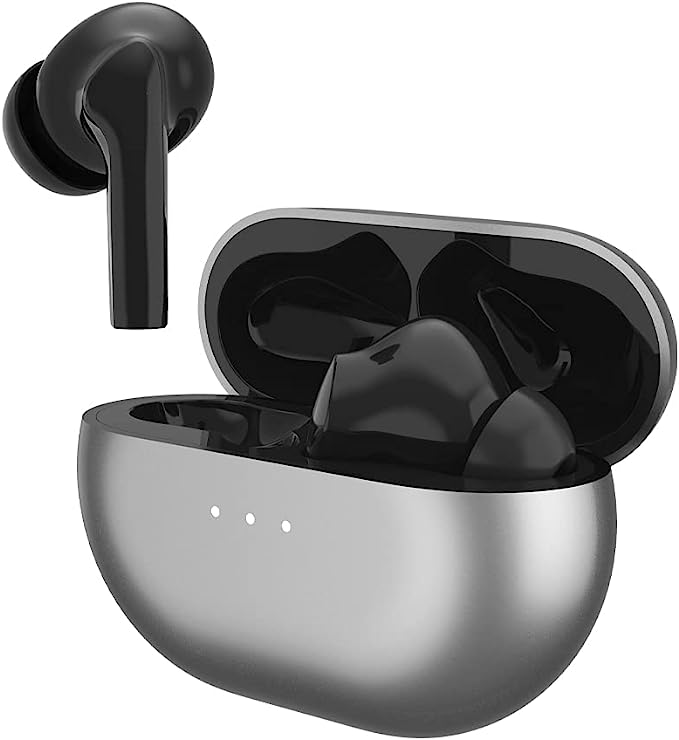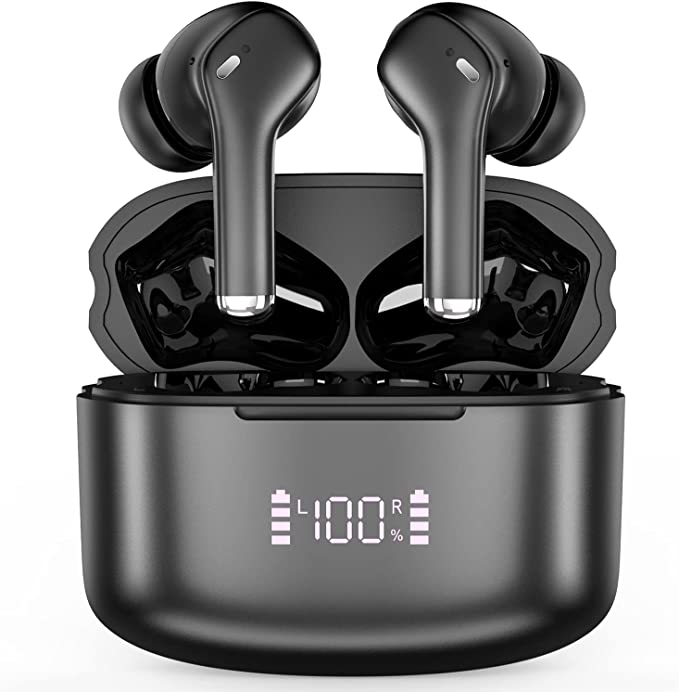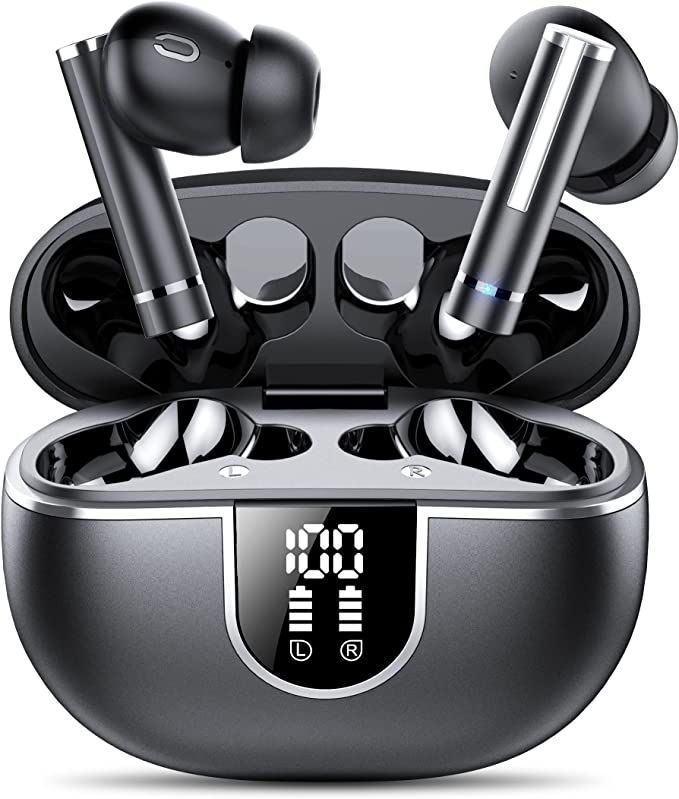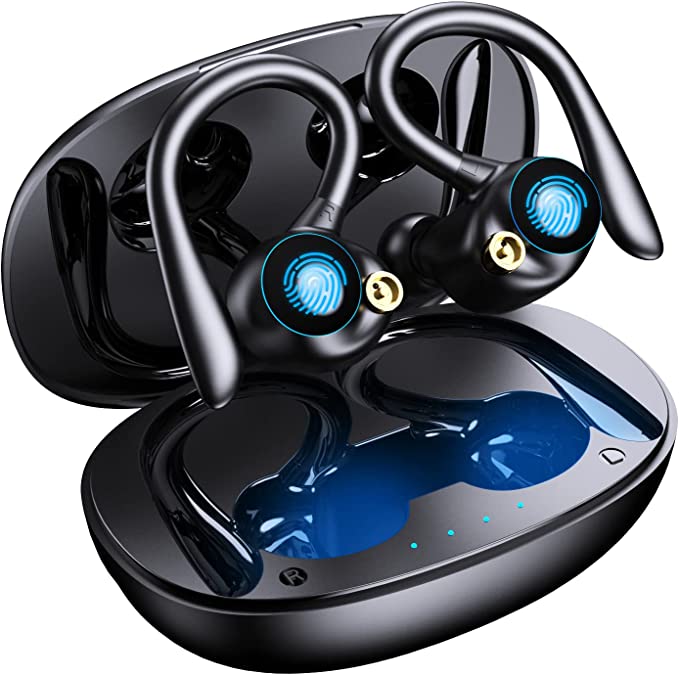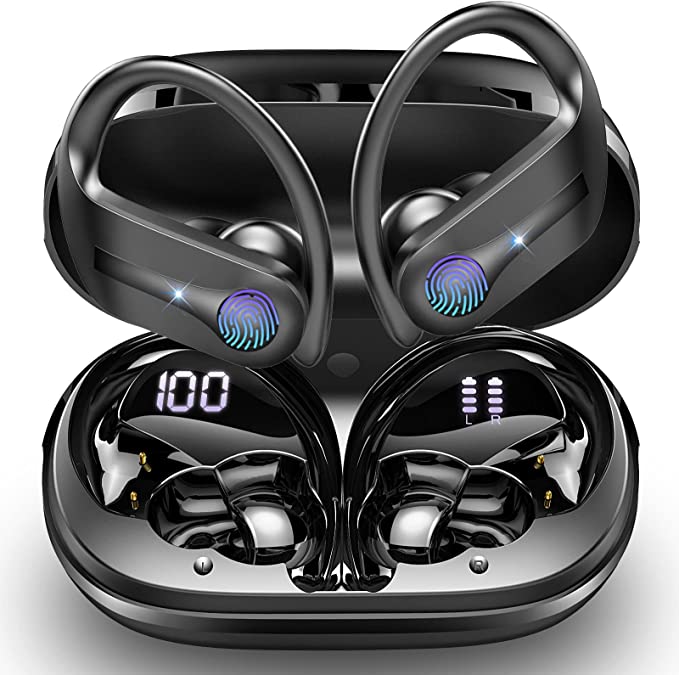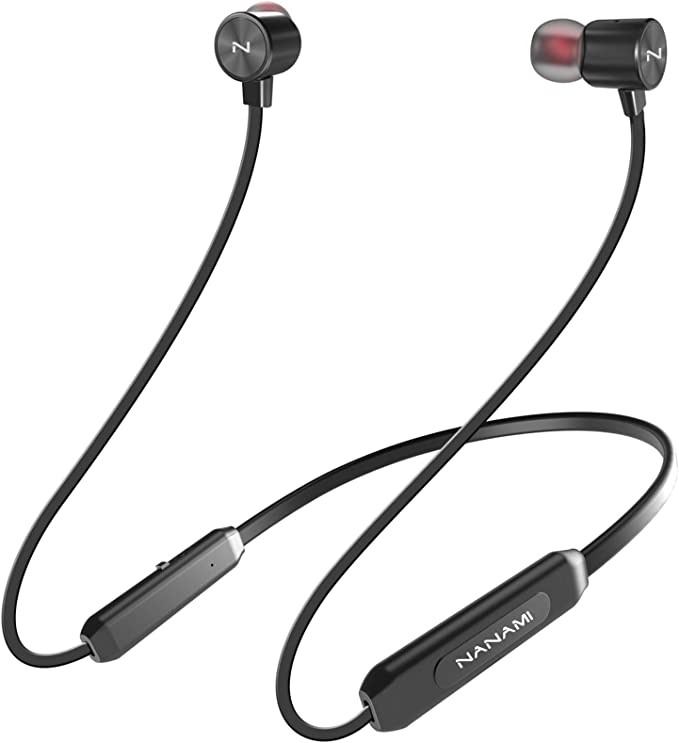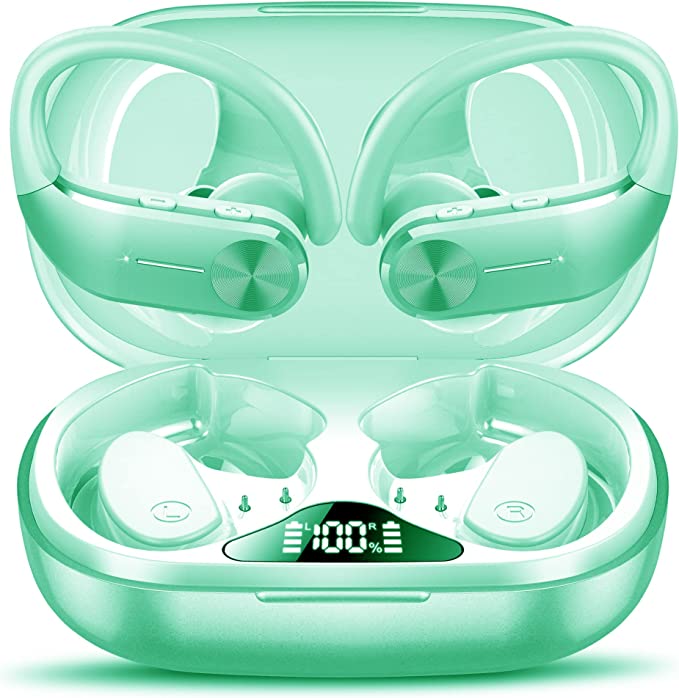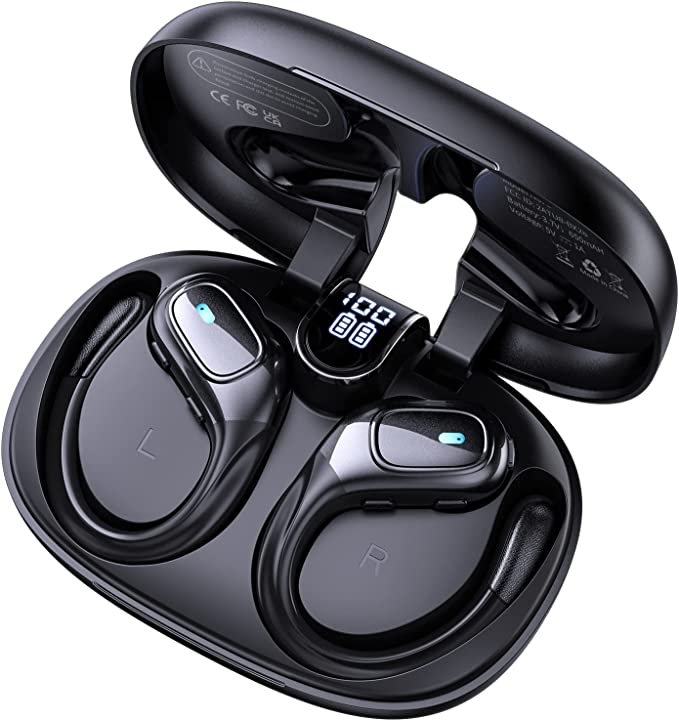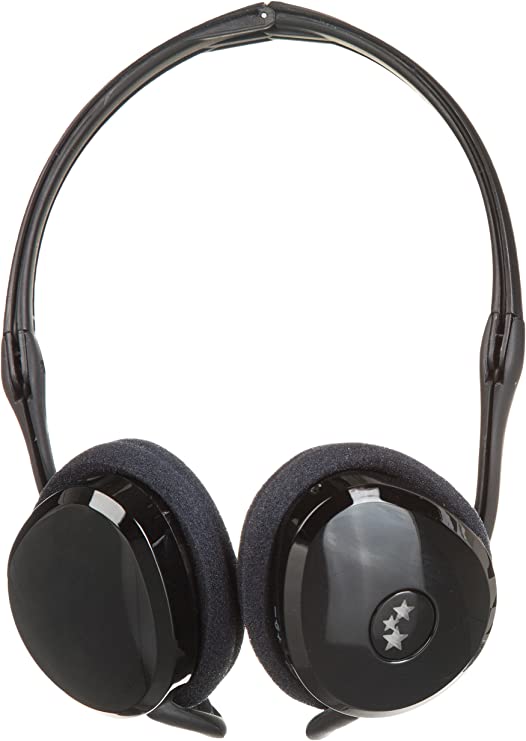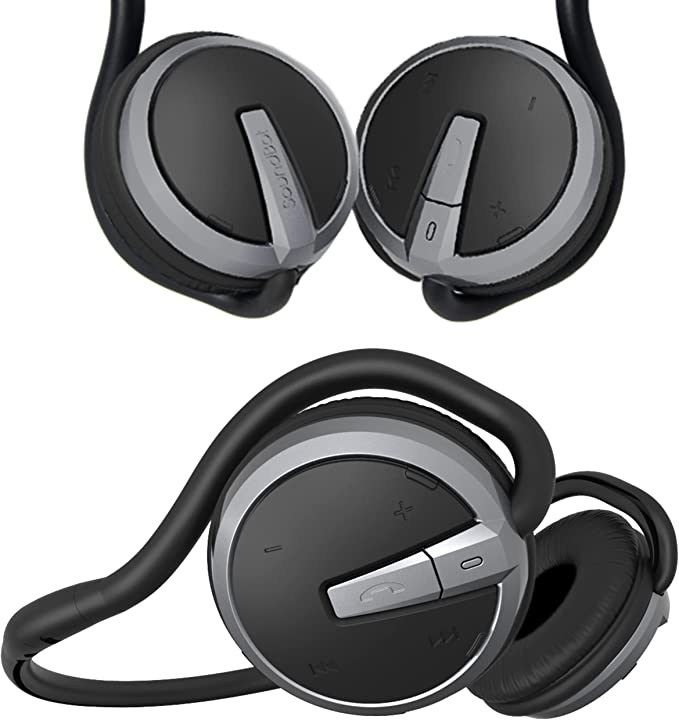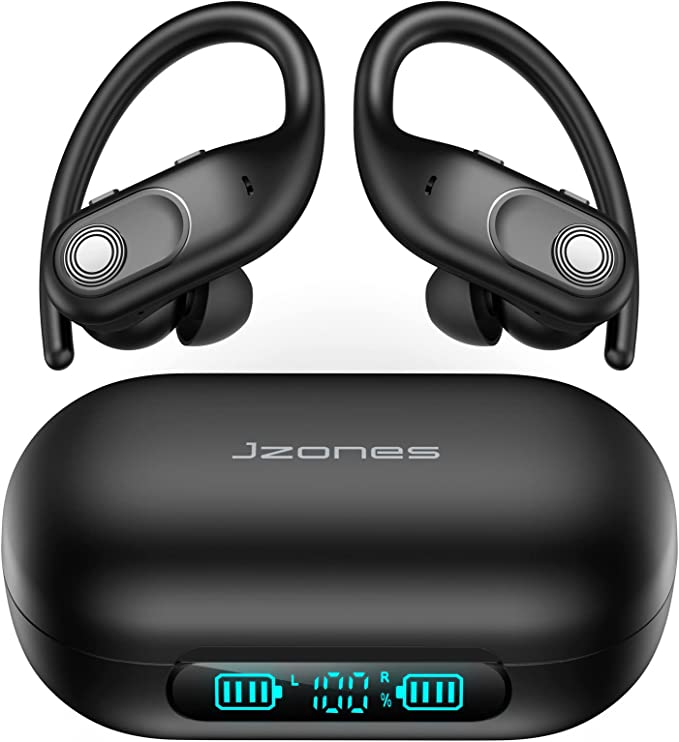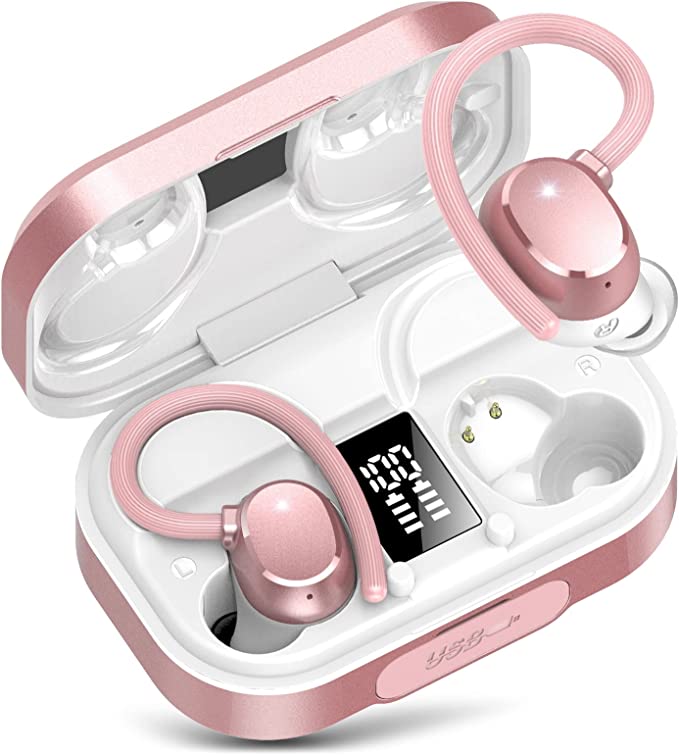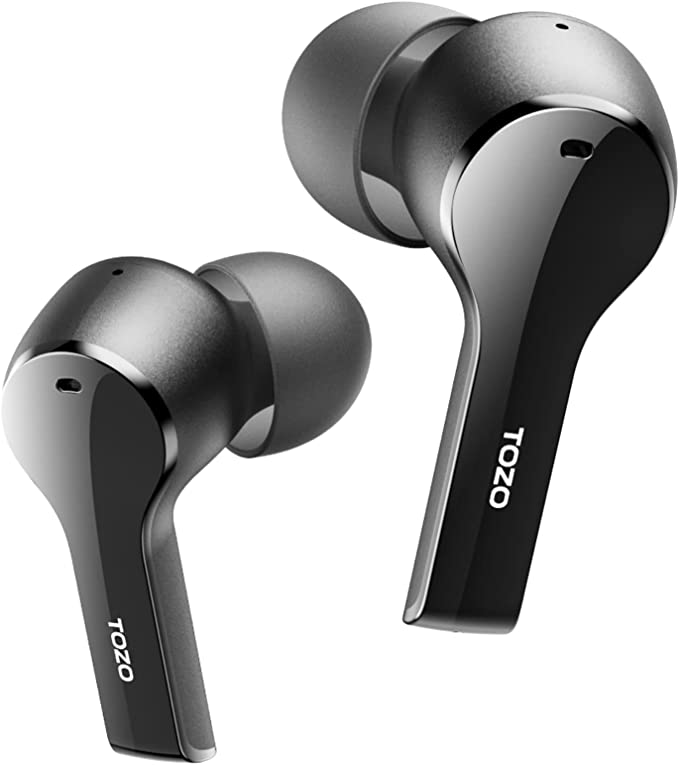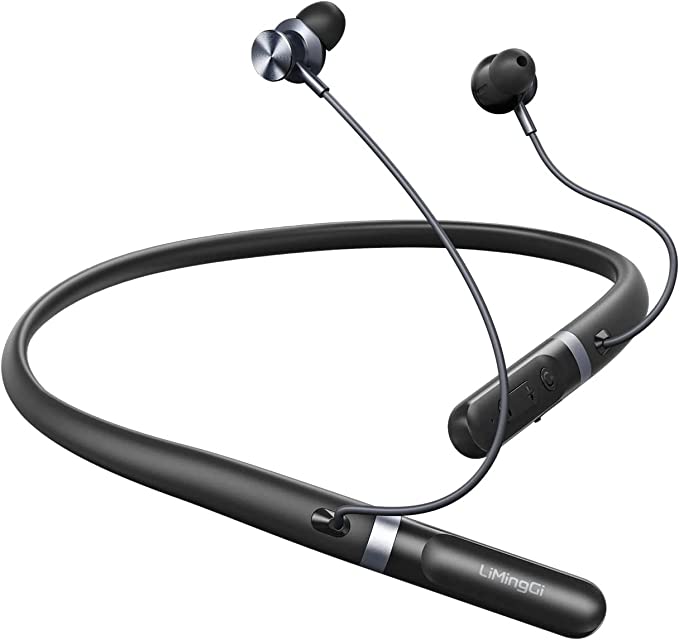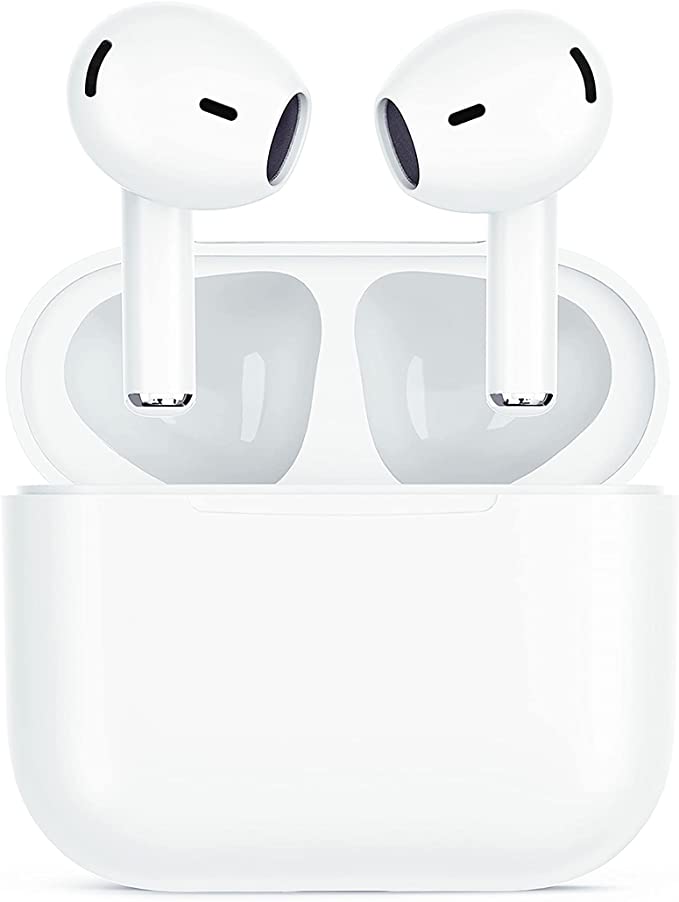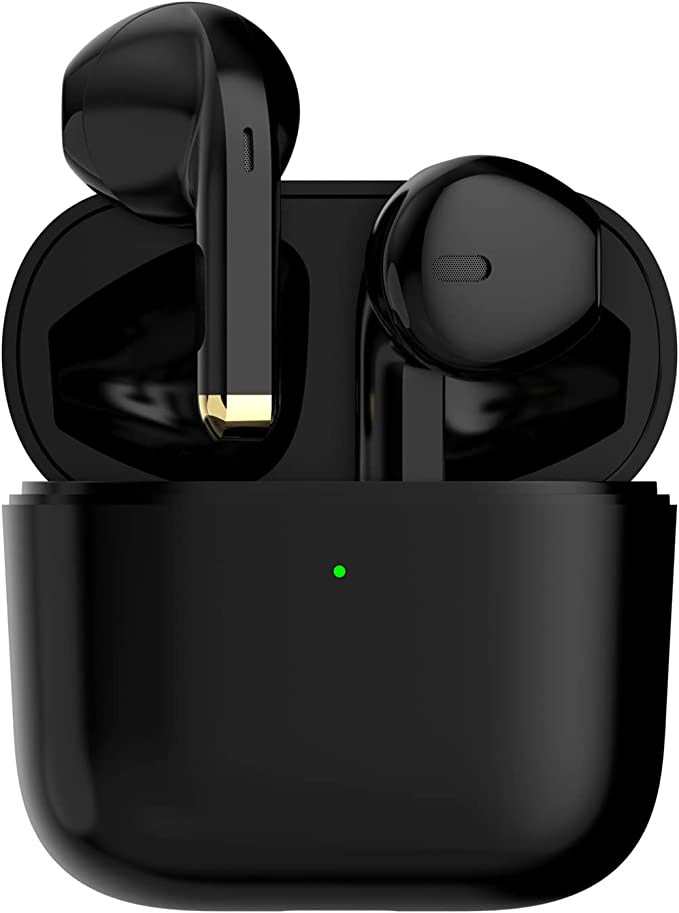JBL UAJBLSTREAKBLKAM Under Armour True Wireless Streak: Ultra-Compact in-Ear Sport Headphones
Update on July 2, 2025, 2:46 p.m.
The wall a runner hits isn’t always metaphorical. Sometimes, it’s a moment of pure mechanical failure. Picture it: you’re deep into a run, heart pounding, sweat stinging your eyes, and just as you push to find another gear, you feel it—that sickening slide of plastic against skin. An earbud, defeated by your effort, makes a suicidal plunge to the unforgiving treadmill belt. In that instant, the athlete’s trinity of adversaries claims another victim: relentless Gravity, corrosive Water, and the sudden, isolating Silence that rushes in when the music dies.
For decades, engineers have been locked in an arms race against this trinity. The challenge is immense: to build a sophisticated piece of electronics that can not only survive, but thrive, in the chaotic environment of the human body in motion. The JBL Under Armour True Wireless Streak is one such contender, and by deconstructing its design, we can uncover a fascinating story of how modern engineering wages this war.
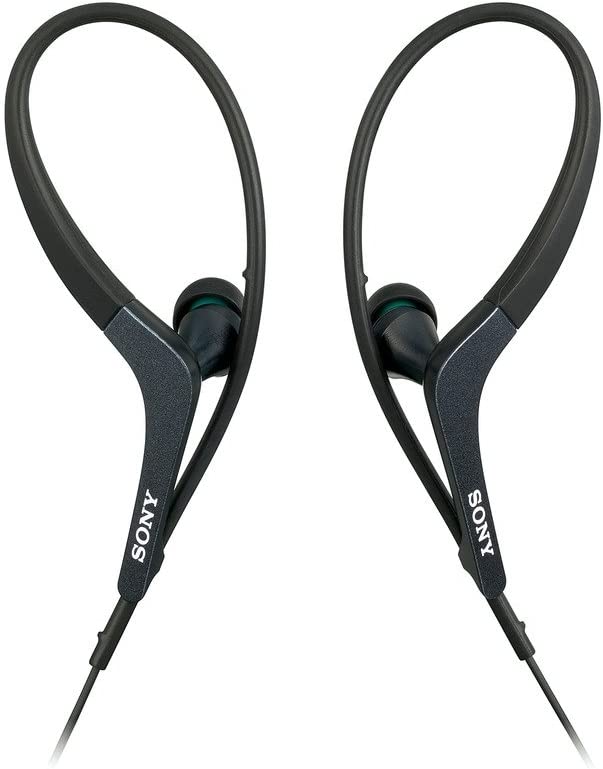
Defying Gravity’s Pull
Every footstrike, every jump, every explosive movement sends a shockwave through the body. For an object resting loosely in the ear, this is a constant eviction notice. Early solutions were clumsy—over-ear hooks and cumbersome wires. The modern answer lies in a deeper understanding of biomechanics. The Streak’s Sport Flex Fit ear fins are a prime example. To the casual eye, they are simple rubber wings. To an engineer, they are precision-calibrated locking mechanisms.
Forget merely “plugging” your ear. The principle here is anchorage. Your outer ear, the pinna, is a landscape of cartilage ridges and valleys. The fin is designed to be twisted and tucked into one of these valleys—specifically, the cymba conchae. Much like a rock climber finds a secure handhold, the fin uses the ear’s own structure to create counter-leverage. It’s not held in by pressure, which would cause discomfort over time, but by a stable, distributed grip. It transforms the earbud from a passive guest into an active resident, one that understands the landscape and refuses to be dislodged by the seismic shocks of a workout.
Taming the Corrosive Element
The second adversary, water, is more insidious. It’s not just rain, but sweat—a saline solution that is brutally corrosive to electronics. The term “sweat-proof” is a vague marketing promise. The engineering standard is precise: IPX7.
This code, defined by the International Electrotechnical Commission (IEC) in their 60529 standard, is a guarantee. The ‘X’ means it hasn’t been rated for dust, but the ‘7’ is a mark of profound water resistance. It certifies that the device can be fully submerged in one meter of water for 30 minutes and emerge functional. Think of the Streak not as a splash-resistant gadget, but as a miniature submarine. Its casing is sealed with gaskets, much like a submarine’s hatches, creating a pressurized fortress against liquid ingress. This isn’t just for surviving an accidental drop in a puddle; it’s a long-term defense strategy against the daily chemical assault of perspiration, ensuring the sensitive electronics within have a fighting chance at a long life.
Mastering the Auditory World
Once the physical threats are managed, the internal battle begins. This is a war fought on two fronts: the need for motivational immersion and the critical demand for situational awareness.
First, motivation. JBL Charged Sound, with its promise of “rich bass,” is a deliberate choice rooted in the science of psychoacoustics. Our brains are wired to respond to rhythm. Powerful, low-frequency sounds can influence our heart rate, mask feelings of exertion, and help us find a state of flow. However, this is where a fascinating paradox, reflected in user reviews, appears: some experience this powerful bass, while others find it lacking. The key isn’t in the speaker driver alone, but in the acoustic seal. Bass frequencies have long wavelengths and require a sealed chamber—your ear canal—to build pressure and be properly perceived. If the ear tip doesn’t create a perfect seal, that bass energy leaks out into the world, unheard. The headphones provide the potential for power; your anatomy and choice of ear tip unlock it.
The second front is safety. Being lost in music on a city street is a recipe for disaster. This is where Bionic Hearing transitions from a feature to a vital piece of safety equipment. It’s a form of controllable, augmented reality for your ears. Ambient Aware uses the external microphones to act as a 360-degree sensor, piping in the sounds of traffic, pedestrians, and your surroundings, blending them with your music. TalkThru is more focused; it’s a smart filter that recognizes the frequency of human speech, instantly lowering the music and amplifying a workout partner’s voice. This isn’t magic; it’s the work of a sophisticated Digital Signal Processor (DSP) chip, constantly analyzing audio feeds and mixing them in real-time, giving you the power to dial the outside world in or out at will.
The Art of Purposeful Compromise
All this technology is orchestrated by Bluetooth 5.0, the standard defined by the Bluetooth Special Interest Group (SIG). It’s the multi-lane, energy-efficient highway that allows for this complex data to travel stably and independently to each earbud. Yet, no piece of engineering is without its trade-offs. The laws of physics are unforgiving. In a chassis this small, there are finite limits to battery size and antenna performance. User reports of occasional connection drops or merely “decent” battery life are not necessarily signs of a flawed product, but rather honest reflections of the art of engineering compromise.
The creators of the JBL UA Streak made a clear choice. They prioritized the athlete’s most critical needs: an unshakable fit and an ironclad defense against water. Every design decision flows from that. The result is not a perfect, do-it-all earphone, but something more valuable: a specialized tool. It’s a device forged with a deep understanding of the gauntlet it will face, ready to conquer the gravity, water, and silence that stand between an athlete and their goal.
